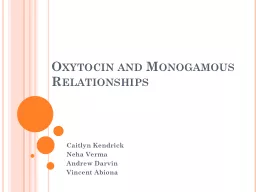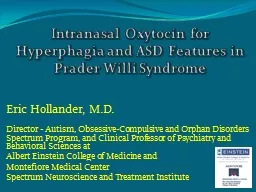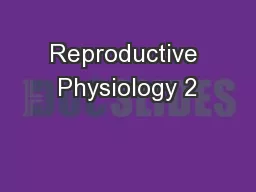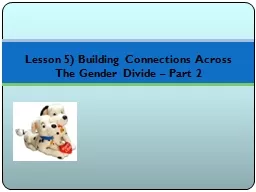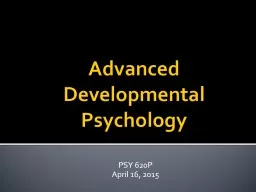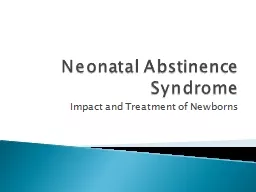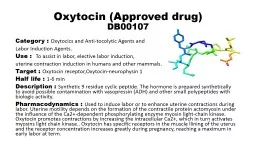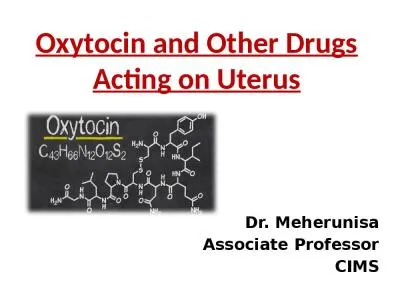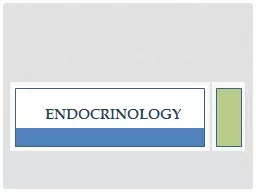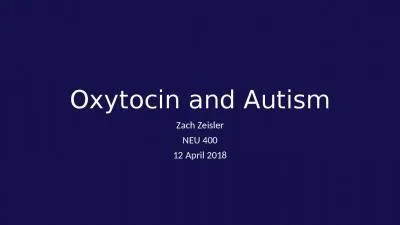PPT-Oxytocin and Monogamous Relationships
Author : myesha-ticknor | Published Date : 2016-06-02
Caitlyn Kendrick Neha Verma Andrew Darvin Vincent Abiona What is Oxytocin Oxytocin is a hormone released from the posterior pituitary gland Oxytocin plays an
Presentation Embed Code
Download Presentation
Download Presentation The PPT/PDF document "Oxytocin and Monogamous Relationships" is the property of its rightful owner. Permission is granted to download and print the materials on this website for personal, non-commercial use only, and to display it on your personal computer provided you do not modify the materials and that you retain all copyright notices contained in the materials. By downloading content from our website, you accept the terms of this agreement.
Oxytocin and Monogamous Relationships: Transcript
Download Rules Of Document
"Oxytocin and Monogamous Relationships"The content belongs to its owner. You may download and print it for personal use, without modification, and keep all copyright notices. By downloading, you agree to these terms.
Related Documents

